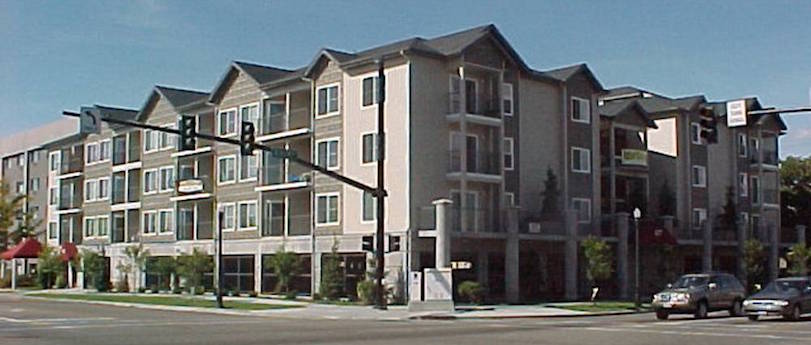

Stephanie Bloom, a Licensed Master of Social Work, works for the City of Boise helping coordinate the Continuum of Care — the group responsible for the valley’s plan to prevent and reduce homelessness. She worked with the Salvation Army shelters in Boise and Nampa from 2007-2015.
If there is anything that my eight years working as a social worker in the homeless services realm has taught me, it’s that the homeless services system can be severely fragmented. So fragmented, in fact, that you may require an advocate working on your behalf to navigate complex and duplicative intake systems. It is easy to forget how the system itself can be structured to impede the efficiency of interventions designed to assist households to find and secure appropriate and sustainable permanent housing.
Over time, grassroots non-profits have emerged to address specific community needs and each has performed an important specific role. Like an ecosystem, these entities rely on one another to holistically serve disadvantaged households, but each one functions independently from all of the others. While this has been a natural part of each community’s initial response to housing crises, it has resulted in a confusing clunky system that can be frustrating and discouraging for both those who experience housing crises and those who serve them. Nationally, a shift to a “Coordinated Entry System” is proving to elevate the efficiency and effectiveness of the entire housing crisis response system.

The U.S. Department of Housing and Urban Development’s Coordinated Entry Policy Brief (released in 2015) provides helpful guidance on what a successful housing crisis response system should entail:
NAVIGATION: We have an opportunity to streamline the system so that those who experience a housing crisis are not passed along from agency to agency by random referrals.
TRAUMA INDUCEMENT: There is the opportunity to make the system more client-centered and trauma-informed by reducing the number of times that household applicants have to tell their story.
FRAGMENTED SILOS: Service and housing providers currently make referrals to one another; however a higher level of coordination and communication is needed to stably house each household.
RECIDIVISM: Currently, each housing provider takes referrals on a first come-first served basis rather than utilizing a triage and prioritization model. Therefore, many referrals do not meet the needs of the household that is applying, and those who are most vulnerable often fall through the cracks of the system. The result is an increase in recidivism and the length of time that households experience homelessness.
PERFORMANCE MEASUREMENT: The current housing crisis response system has traditionally measured outputs, rather than outcomes. In order to make well-informed resource allocation decisions, the community must have a comprehensive understanding of how many people are in need, the level of need of each of them and how well our current resources match and meet those needs. We need to know the long-term impact of the interventions that are being funded.
The Boise City/Ada County Continuum of Care, led by the City of Boise, is a group of 25-30 public and private entities and individuals within Ada County committed to the prevention and reduction homelessness. In May 2015, the CoC established a Working Group to design and implement Coordinated Entry. The Coordinated Entry Working Group will be refining how communities prioritize assistance based on vulnerability and severity of service needs to ensure that people who need assistance the most can receive it in a timely manner. The Working Group is currently finalizing written protocols based on national practice to begin preparing for its formal introduction tentatively schedule for summer of 2016.
Many communities across the country already have functional Coordinated Entry systems in place. Kitsap, Spokane and Clark Counties implemented Coordinated Entry in 2012. They report having a much more comprehensive picture of the needs of those experiencing homelessness and those at-risk of experiencing homelessness. They also report that the collaboration between local government, homeless service providers and the community increased.
King County, Washington launched Coordinated Entry in 2012. They report that this system change has dramatically increased the available resources for those experiencing homelessness in King County, including increased funding for permanent housing and an at-least a two year housing retention rate of 85%. Kent County, Michigan launched Coordinated Entry in 2009 and reports an increase in participant knowledge about their options to address their housing crisis, a decrease in referrals to emergency shelters, an increase in referrals to prevention services and more appropriate referrals overall.
The Continuum of Care looks forward to improving the efficiency and effectiveness of our homeless services system, the quality of life of those we serve and the collaboration among providers.
The Blue Review Homelessness Colloquy.
A TBR series on homelessness in Idaho